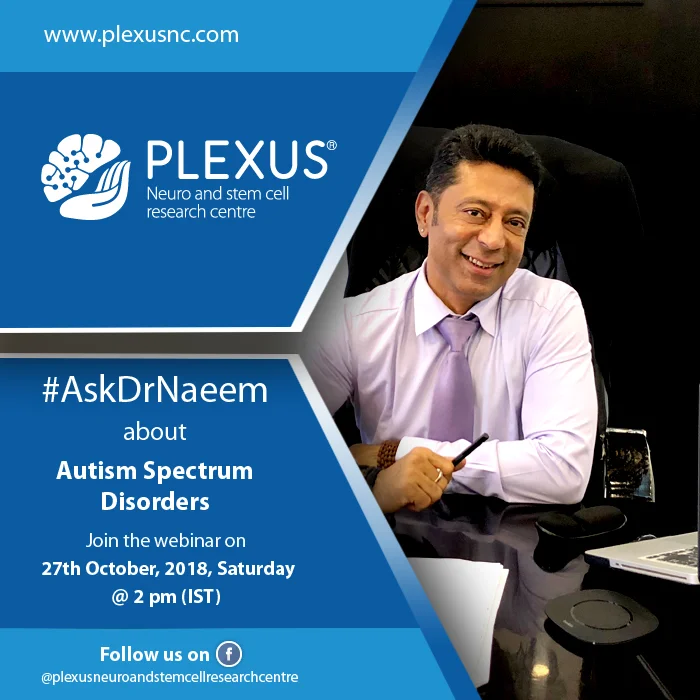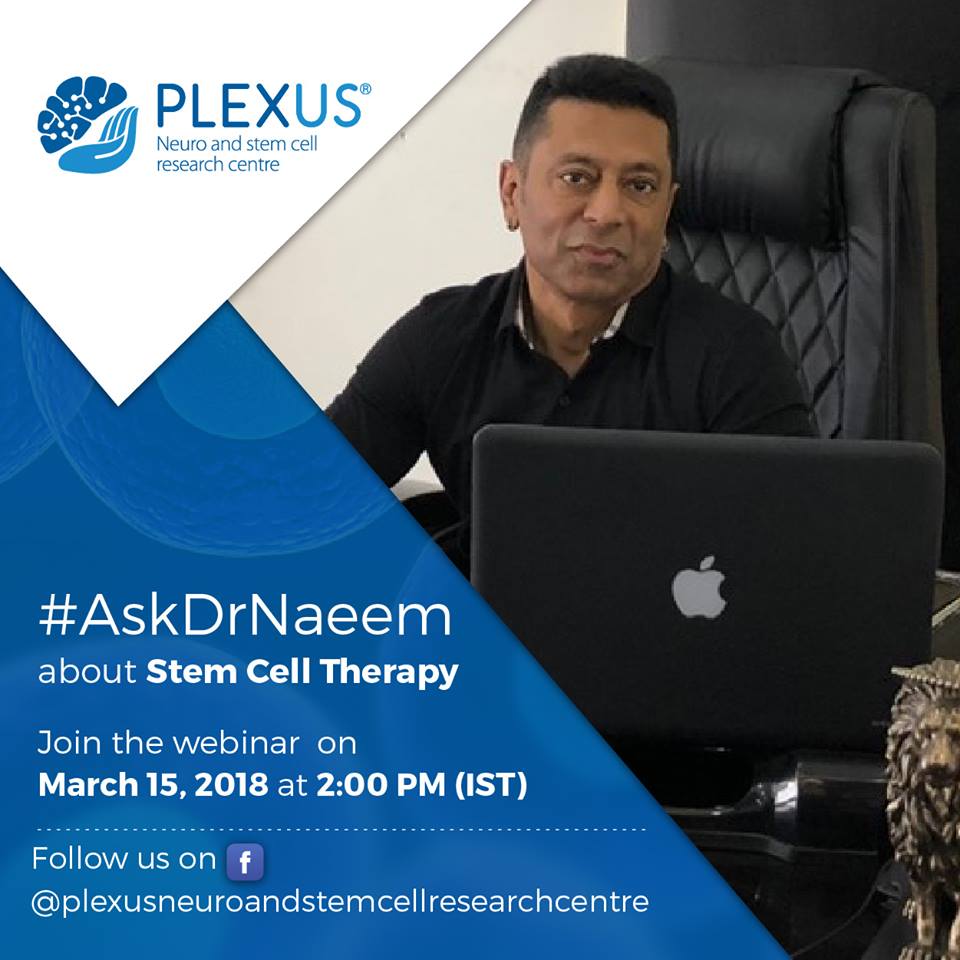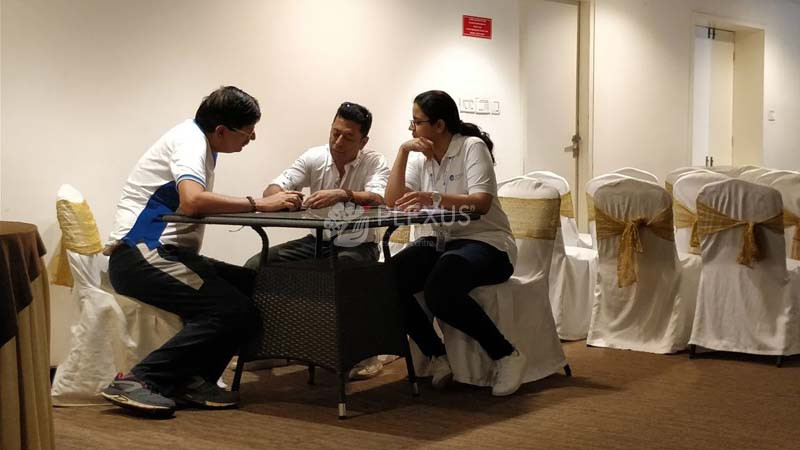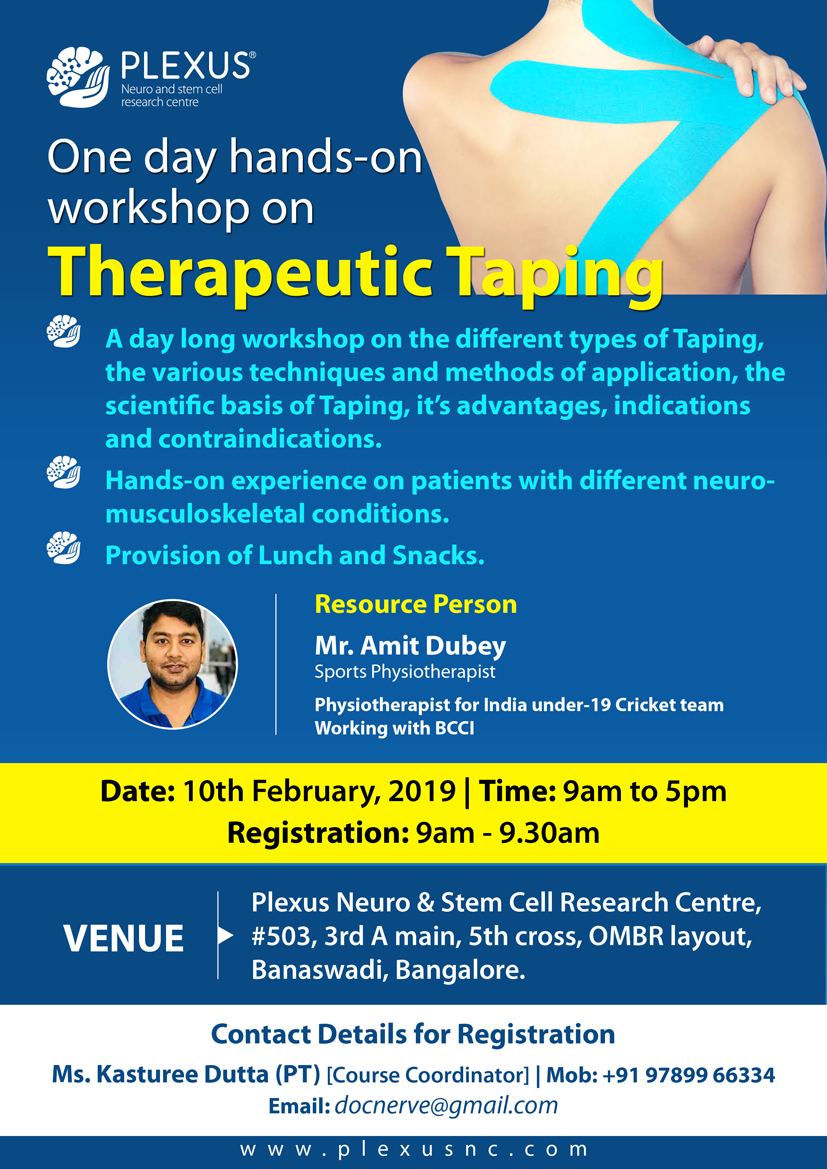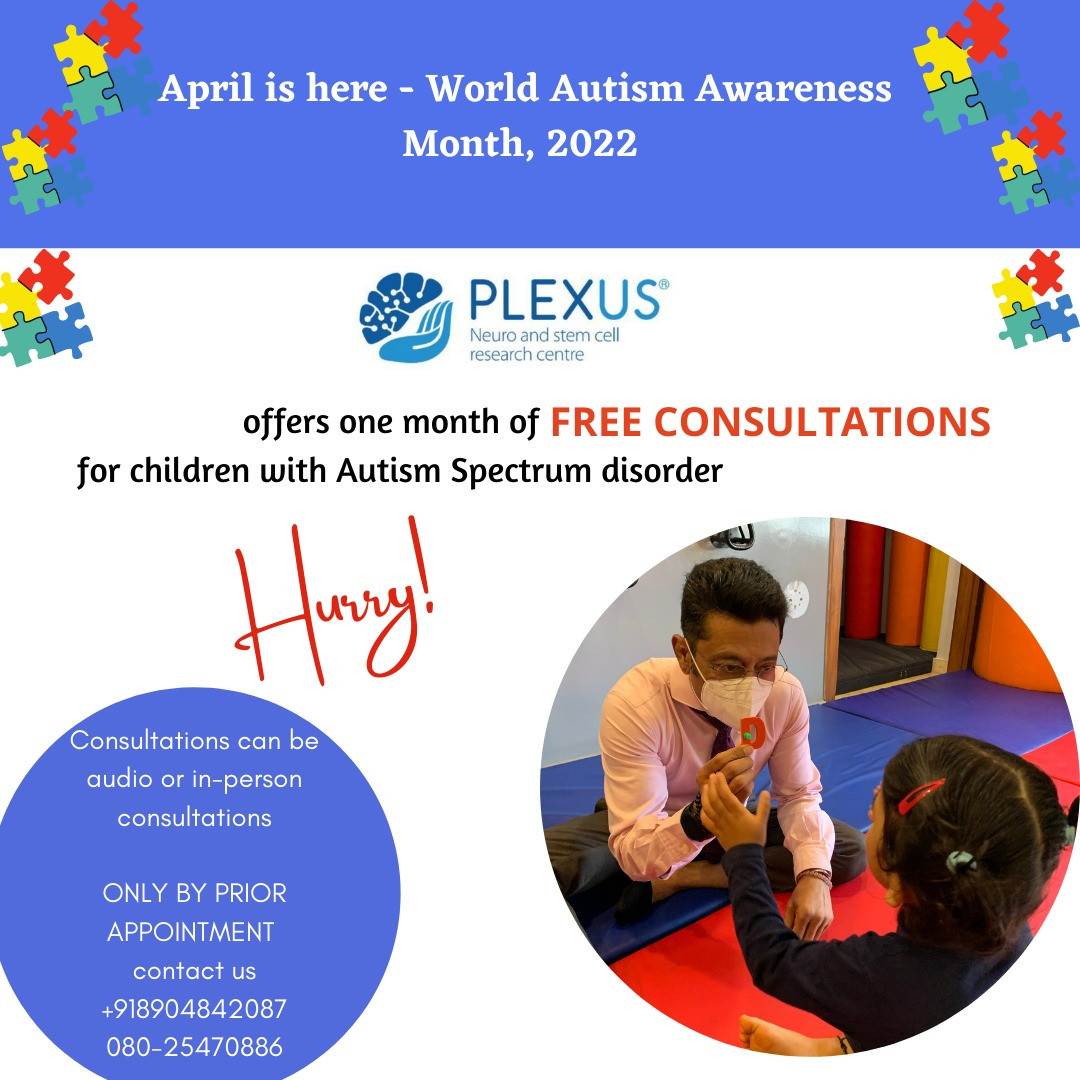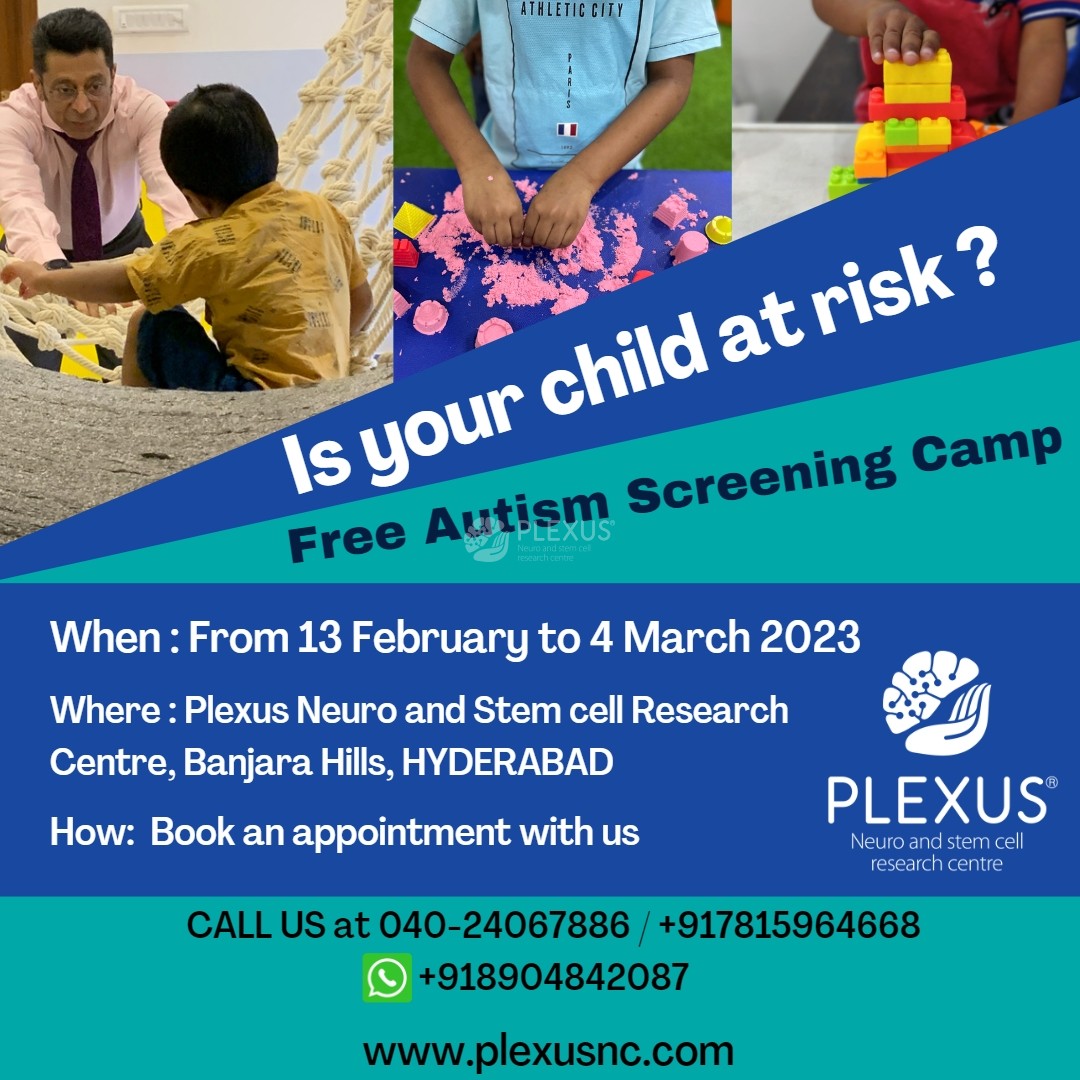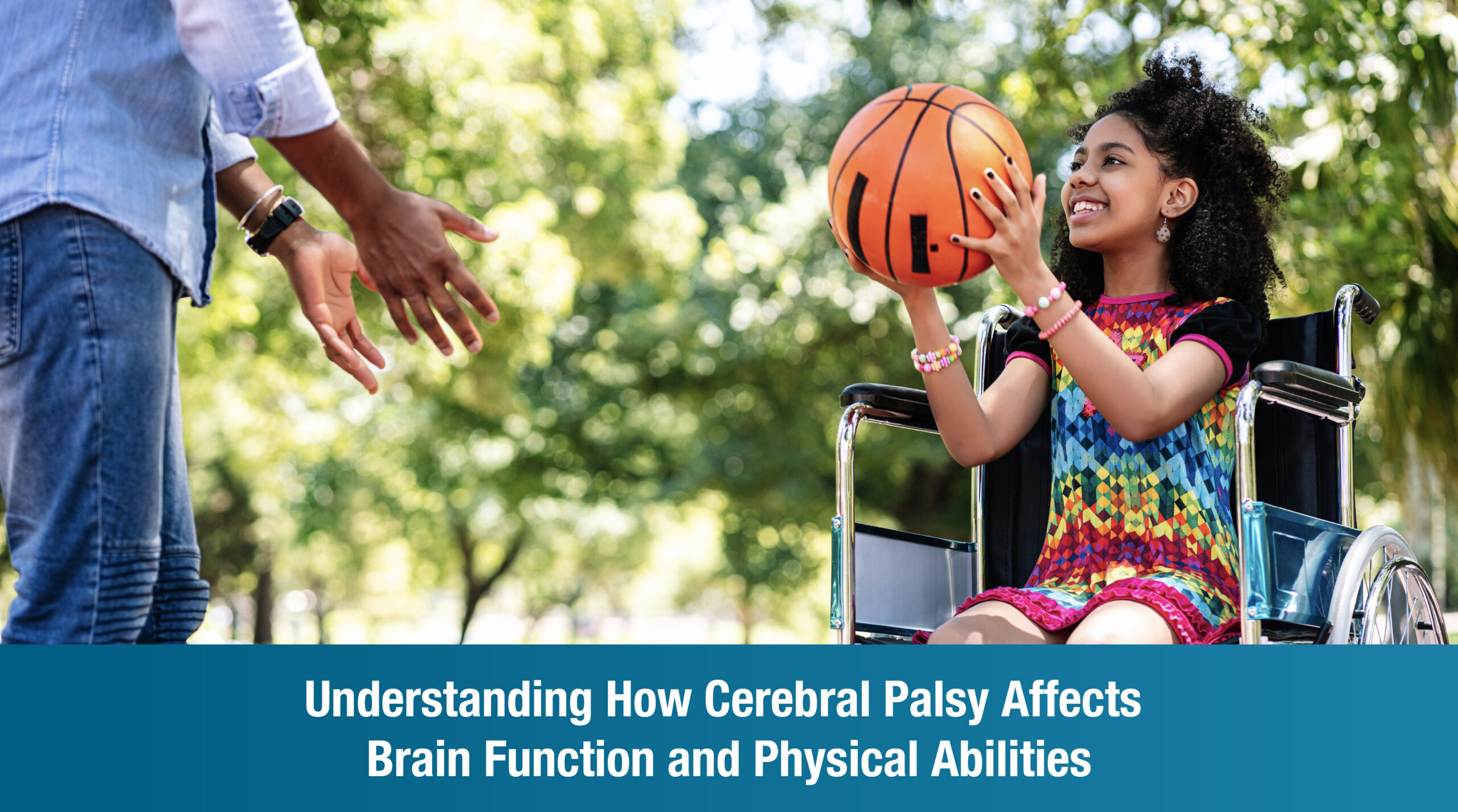
Cerebral Palsy (CP) is more than just a physical condition—it is a lifelong neurological disorder that affects both brain development and bodily function. The complexity of cerebral palsy symptoms varies widely from person to person, but the underlying cause remains rooted in early brain injury or abnormal development.
In this guide, we explore how cerebral palsy and brain function are interconnected, how it leads to both motor and cognitive challenges, and what families can do to manage its multifaceted impact.
What Causes Neurological and Physical Changes in Cerebral Palsy?
Prenatal, Perinatal, and Postnatal Factors Explained
The causes of CP can stem from brain damage occurring before, during, or shortly after birth. Common prenatal factors include infections, poor oxygen supply, and genetic mutations. Perinatal risks involve birth asphyxia or premature delivery, while postnatal causes may include brain infections or head trauma.
Key Brain Areas Affected by Cerebral Palsy
The areas most affected are the motor cortex, basal ganglia, and cerebellum—each responsible for movement, coordination, and posture. Damage to these areas leads to varying degrees of motor disorders in cerebral palsy.
How Early Brain Injury Impacts Long-Term Development
Early injury can disrupt neural pathways responsible for motor control, cognition, and sensory processing. This often results in a spectrum of challenges that require continuous support and intervention throughout life.
Understanding the Neurological Effects of Cerebral Palsy
Impaired Motor Skills and Movement Coordination
Children with CP often exhibit difficulty with fine and gross motor tasks due to impaired muscle control, poor coordination, and involuntary movements. These are hallmark cerebral palsy symptoms and can affect daily functions such as walking, eating, or grasping objects.
Cognitive, Sensory, and Behavioral Challenges
Depending on the extent and location of brain damage, children may experience learning disabilities, speech delays, visual or auditory processing issues, and behavioral difficulties.
The Link Between Cerebral Palsy and Seizures
Epilepsy is a common co-occurring condition in CP. Seizures can further complicate motor and cognitive functioning, highlighting the broad spectrum of neurological effects of cerebral palsy.
How Cerebral Palsy Physically Impacts the Body
Muscle Tone Problems: Spasticity, Dystonia, Hypotonia
An abnormal physical impact of cerebral palsy is abnormal muscle tone. Spasticity leads to stiff, tight muscles, dystonia causes twisting and repetitive movements, and hypotonia results in floppy or weak muscles.
Impact on Posture, Balance, and Daily Activities
Postural control is often compromised, making it difficult to sit, stand, or walk independently. Balance issues increase fall risk, and everyday activities may require assistive support or modifications.
Common Orthopedic and Growth Challenges
Joint deformities, scoliosis, hip dislocation, and slower physical growth are frequent complications that arise due to muscle imbalances and lack of movement.
Different Types of Cerebral Palsy and Their Effects on the Body
Spastic, Dyskinetic, Ataxic, and Mixed CP: What to Expect
Spastic CP: Characterized by stiff muscles and awkward movements.
Dyskinetic CP: Involves involuntary and uncontrollable movements.
Ataxic CP: Impairs balance and coordination.
Mixed CP: Features symptoms of more than one type.
How Each Type Affects Movement and Independence
Each form of CP presents unique mobility and independence challenges. Some may require wheelchairs or walkers, while others may walk independently but struggle with fine motor skills.
Managing the Neurological and Physical Effects of Cerebral Palsy
Early Intervention Programs and Therapies
Therapies initiated in the early developmental window can significantly improve outcomes. These include physical, occupational, speech, and feeding therapies that target specific deficits related to motor disorders in cerebral palsy.
Advances in Surgical and Medical Treatments
From orthopedic surgeries to control spasticity, to medications that help manage seizures or muscle tone, medical science offers multiple interventions tailored to the individual’s condition.
Ongoing Rehabilitation and Support Options
Rehabilitation is a lifelong journey. Specialized programs focus on mobility, independence, and quality of life. In recent years, evolving research in cellular therapy—such as the use of autologous bone marrow mononuclear cells—has shown promise in promoting neural repair and functional recovery. While not a primary treatment, such innovations may support broader neurodevelopmental goals when combined with conventional care.
How Plexus Helps Children with Cerebral Palsy Achieve Better Outcomes
At Plexus, we offer a comprehensive, multidisciplinary approach that addresses both the neurological effects of cerebral palsy and its physical challenges. Our expert team integrates neuro-rehabilitation, therapeutic interventions, assistive technologies, and parental training to ensure each child reaches their full potential. We work closely with families to create personalized plans that evolve with the child’s needs, offering hope, support, and results that go beyond conventional therapy.
To schedule an appointment, please contact us.
WhatsApp: +91 89048 42087
📍 Hyderabad: +91 78159 64668 | Bangalore: +91 93555 33404
FAQs
What parts of the brain are commonly affected by cerebral palsy?
The motor cortex, basal ganglia, and cerebellum are most commonly involved, which impacts movement, posture, and coordination.
How does cerebral palsy affect a child’s movement and coordination?
CP impairs the brain’s ability to communicate with muscles, leading to stiffness, involuntary movements, or lack of coordination—key cerebral palsy symptoms.
Can cerebral palsy cause cognitive and sensory issues?
Yes. Many children with CP experience learning delays, speech issues, and sensory processing disorders, depending on which brain areas are affected.
What treatments help manage the physical symptoms of cerebral palsy?
Therapies, medications, surgeries, and assistive devices help address the physical impact of cerebral palsy. New approaches like cellular therapy may also offer future benefits.
Why is early intervention crucial for children with cerebral palsy?
Early intervention maximizes brain plasticity and supports better motor, cognitive, and emotional outcomes.
With the right combination of therapies, support, and innovative care, children with CP can lead fuller, more empowered lives. At Plexus, we’re committed to walking every step of that journey with you—turning challenges into opportunities for progress.
About the Author
Dr. Na’eem Sadiq
Medical Director of Plexus
Dr. Na’eem Sadiq is a globally recognized neurologist and neuropsychiatrist, renowned for his contributions to the treatment of complex neurological disorders. He founded Plexus in 2011 with a mission to enhance the quality of life for patients living with neurological conditions.
With over 35 years of clinical experience, Dr. Sadiq is considered a leading expert in the field. His internationally acclaimed research spans key topics such as Demyelinating Polyneuropathy, Multiple Sclerosis, Epilepsy, and Migraine, positioning him at the forefront of neurological care worldwide.

